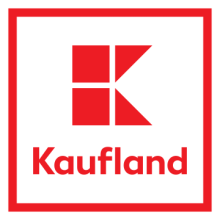
Bulgarian business is increasingly in need of new, educated, smart and dedicated people.
Employers in our country are clearly aware that they must make certain gestures to job applicants in order to attract them as their future employees. Our platform aims to encourage employers to take this step. It provides the link between business and Bulgarians, wherever they are, offering them job opportunities and quality of life in Bulgaria.





































































